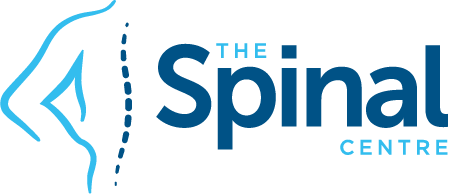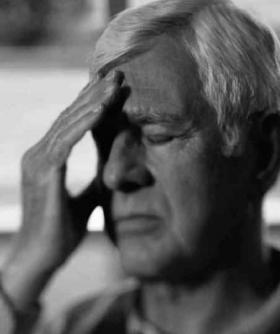
Headaches and Migraines
 Headaches are one of the most common ailments to affect Australians, with between 75 and 90 per cent of the population suffering one or more headaches in anyone year.
Headaches are one of the most common ailments to affect Australians, with between 75 and 90 per cent of the population suffering one or more headaches in anyone year.
If you have a headache, you’re not alone. Some are occasional, some frequent, some are dull and throbbing, and some cause debilitating pain and nausea.
What is the root cause of headaches?
The greatest majority of primary headaches are associated with problems in the upper cervical spine and resultant muscle tension in the neck.
Today, Australians engage in more sedentary activities than they used to, and more hours are spent in one fixed position or posture. This can increase joint irritation and muscle tension in the neck, upper back and scalp, causing your head to ache.
Ninety-five percent of headaches are primary headaches, such as tension, migraine, or cluster headaches. These types of headaches are not caused by disease but by problems within the spine that refer pain to the head. You think the problem is in the head – but it can be coming from your spine.
Besides the neck, headaches have other “triggers.” These may include foods, environmental stimuli (noises, lights, stress, etc.) and/or behaviours (insomnia, excessive exercise, blood sugar changes, etc.).
What Can you do to Help?
- If you spend a large amount of time in one fixed position, such as in front of a computer, on a sewing machine, typing or reading, take a break and stretch every 30 minutes to one hour. The stretches should take your head and neck through a comfortable range of motion.
- Low-impact exercise may help relieve the pain associated with primary headaches. However, if you are prone to dull, throbbing headaches, avoid heavy exercise. Engage in such activities as walking and low-impact aerobics.
- Avoid teeth clenching. The upper teeth should never touch the lowers, except when swallowing. This results in stress at the temporomandibular joints (TMJ) – the two joints that connect your jaw to your skull – leading to TMJ irritation and a form of tension headaches.
- Drink at least one to two litres of water a day to help avoid dehydration, which can lead to headaches.
In addition, you should avoid the following food “triggers”:
- alcohol
- caffeine
- chocolate
- caffeine containing soft drinks (liquid diabetes).
- Avoid foods with a high salt or sugar content. These foods may cause migraines, resulting in sensitivity to light, noise, or abrupt movements.
- Avoid drinking alcoholic beverages. These drinks can dehydrate you and cause headache pain.
Other headache sufferers may want to avoid not only caffeine, but also
- highly process foods
- dairy products,
- red meat and
- salty foods.

Caffeine Can Cause Headaches
Although many enjoy a cup of coffee occasionally, for some it can be a trigger for headaches and worse.
Caffeine has been shown to cause withdrawal headache under placebo-controlled, double-blind conditions, and may occur in individuals drinking the equivalent of one cup of coffee per day.

Triggers for Migraines
There can be a multitude of factors which set off, or “trigger” a headache or migraine in certain individuals.
Sometimes they are easy to identify or have been known by the sufferer for many years as being a problem.





